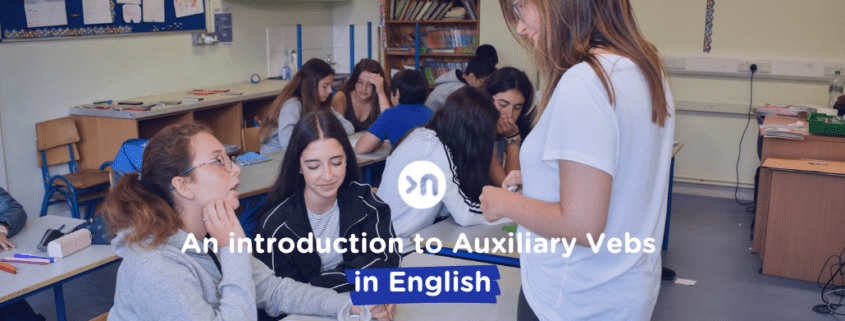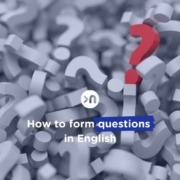An introduction to Auxiliary Verbs in English
An introduction to Auxiliary Verbs in English. Auxiliary verbs, which are also commonly known as helper verbs, are used together with a main verb of the sentence to express it´s tense or mood. They are known as helper verbs because they help us to identify the tense of the action and also because they are not the most important verb in the sentence; they are only there to help. The auxiliary verb always comes before the main verb. Take a look at the example below to distinguish the auxiliary verb from the main verb.
He was snoring all night.
In this phrase, was (past tense of verb to be) is the auxiliary verb and snoring (present participle of the verb to snore) is the main verb.
There are three main auxiliary verbs in English, to be, to have and to do.
To be – am, is, are, was, were, being, been, will, be
The verb to be is used as an auxiliary verb in two different tenses – continuous tenses (past and present), and future tenses that express certainty.

Continuous tenses
He is playing football outside with his friends in the sun. (Present)
They have been talking all day during class and interrupting the teacher. (Past)
Future tenses to express certainty
He will arrive before the end of the day without a doubt. (Future)
I know that she will hand the homework in on time because she is a good student. (Future)
Furthermore, the verb to be can be used as a linking word in the present and past simple.
He is my boss………….. She was my best friend.
To have – have, has, had, will have
The verb to have is used as an auxiliary verb specifically for the perfect tenses (the present perfect, the past perfect and the future perfect). All these perfect tenses are formed with this auxiliary verb to have (in present/past/future), together with the past participle of the main verb. Take a look at these examples.
I’ve bought a new car that’s really fast. (Present perfect – I have)
They had already gone to the party. (Past perfect – I had)
You will have been ready for ages by the time we leave. (Future perfect – You will have)

To do – do, does, did, will do
The third main auxiliary verb is the verb to do, which firstly can be used when making a negative sentence in the present simple or the past simple. Have a look at these examples.
I do not get on well with Charlie. (Present simple – I do)
We didn’t go to the football match on Saturday. (Past simple – I didn’t, in contracted form)
In the examples, using the verb to do shows that we’re making a negative sentence. But remember, the most important verb in each phrase is the one that comes after the auxiliary verb – in this case ‘get on with’ and ‘go’.
The second example of using the verb to do as an auxiliary verb is when asking questions. When asking questions, you have to use the verb to do as the auxiliary verb and place it at the start of the sentence. For example…
Do you like France in the summer when you holiday there?
Does Adrian think it is a good idea that they sit together?
These examples show the structure of asking questions, where it is imperative to use the auxiliary verb the verb to do (conjugated appropriately) at the start of the sentence. Then, you would expect an answer like ‘Yes, I like France in the summer’ or ‘No, I don’t think it’s a good idea that they sit together.’
Hopefully after reading this blog post you have a much better understanding of how to use auxiliary verbs in English and feel more confident using them in spoken language. Keep an eye out for more helpful grammar tips in future blog posts!










Leave a Reply
Want to join the discussion?Feel free to contribute!